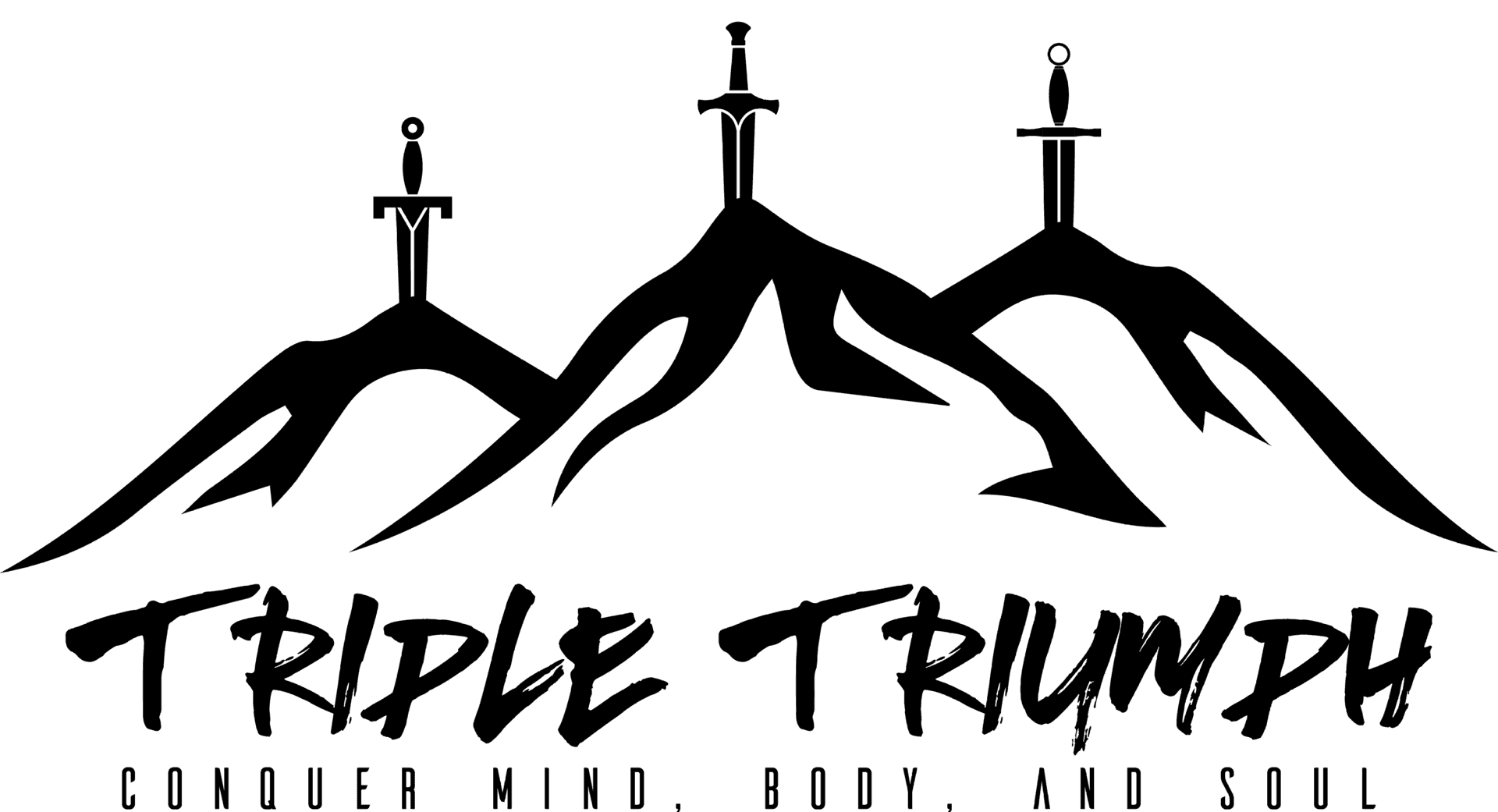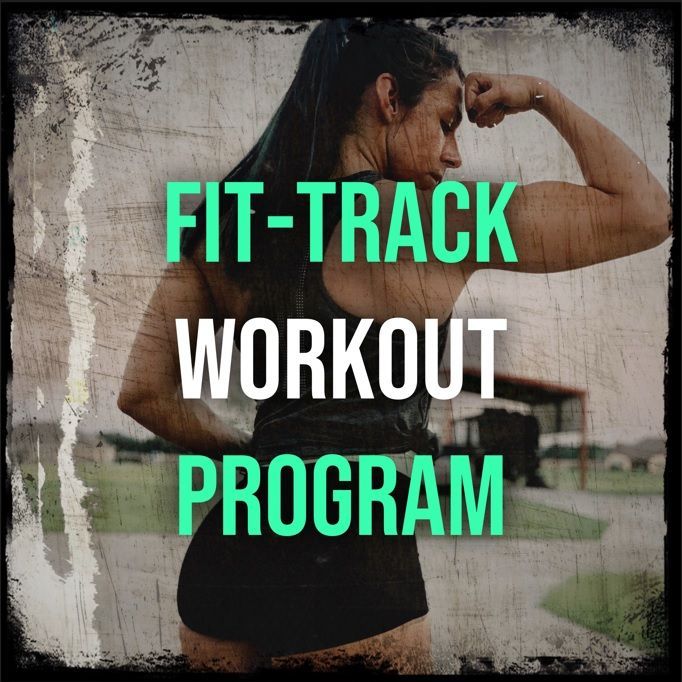Importance of Stretching
Stretching is so important for daily activities and can have positive effects as you age, but many of us neglect it! Here you will learn why it's so important and the types of stretches you should do.

Flexibility is the normal extensibility of all soft tissues that allow full range of motion of a joint and optimum neuromuscular efficiency throughout all functional movements. Without flexibility while conducting physical activity you are prone to injury. Flexibility allows your tendons (connect muscle to bone), ligaments (connect bone to bone) and fascia (bind muscles into separate groups) to work effeciently without any problems.
Whether you are a bodybuilder, a runner, a powerlifter, an office worker, a hair dresser, or anything in between, you need to be stretching to maintain flexibility and prevent any injuries.
Factors That Can Limit Your Flexibility
Age-- As you age you start to lose size in muscle fiber, called atrophy. Without continued stretching, these muscle fibers start to stiffen after the loss of the other muscle fibers to be able to better support the body, AKA compensation. While it might provide some temporary relief, any kind of compensation of the body will always catch up to you and bite you in the a**.
Immobilization-- When you don't stretch and constantly have it in a shortened position, there is a reduction in fiber length. When this happens, your connective tissues start to become overly stretched for a long period of time and can eventually lead to an injury. There is such a thing as overstretching!
Types of Stretching
There are several types of stretching, but we will only talk about a few. They are Self-Myofascial Release (SMR), Static Stretching, and Dynamic Stretching.
We will go over each one and provide a couple stretches with each.
Self-Myofascial Release (SMR)
One of the many ways that focuses on corrective flexibility is Self-Myofascial Release (SMR). SMR is a technique used to alleviate myofascial trigger points and areas that might be really irritated within a band of muscle, AKA those knots you might be feeling up and down your legs or back.

The above picture is an example of it. You want to roll up and down the muscle until you find the sensitive area and hold the foam roller in that area for about 30 seconds. You're basically looking for the spot that hurts and you want to further make it hurt by rolling on it. Yeah, I know! It's gonna suck, but it provides great relief after!
Static Stretching
This type of stretching requires minimal force and you hold it for longer duration. It will relax your muscles and naturally accompanying will, also, elongate your muscles. By doing this, you will improve soft-tissue extensibility.

Here are some examples of it. You want to stretch with proper form until you have reached a resistance limit and hold that position for about 30 seconds.
Dynamic Stretching
This type of stretching uses your own force and momentum to take a joint through the full available range of motion. So unlike SMR and static stretching, you're making the muscles work to increase blood flow and range of motion.

Here are some examples of it. There is no exact number or repetitions for this type of stretching. For a general rule of thumb, do about 15 repetitions for each type of stretch 2-3 times.
When To Stretch?
Now, the next question might be, “When do I utilize these types of stretches?” Great question! I recommend doing SMR and static stretching throughout the day to keep up your flexibility. At the minimum, do these stretches upon waking up and after working out. These stretches are important, but as some studies have shown, these types of stretches may not be the best to do before working out or even before competition.
The best stretch to do before working out of competition is dynamic stretching. Dynamic stretching decreases stiffness and distends the muscle, which affects strength. If you want to have peak performance you want to stick to dynamic stretching unless you may have some muscle imbalances, which can affect proper movement and limit performance. But, even then, it should be limited.
As you can see, stretching is very important and you should be doing it daily. Some of you may be young and carefree right now, but if you want to perform at your best and be able to move freely when you are much older, I recommend stretching everyday! Don't neglect it or shrug it off! Do it! If you need any help with what types of stretches you can do, you can always reach out to us and we will be more than happy to help! Let us know what you think!







